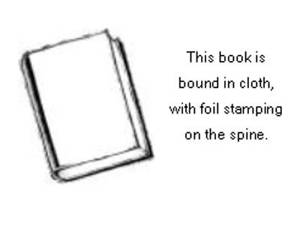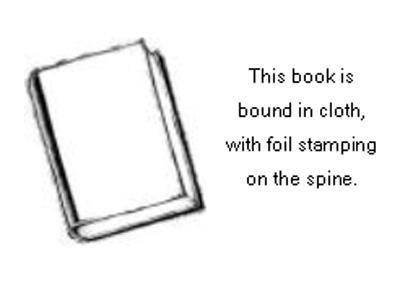
- Retrait gratuit dans votre magasin Club
- 7.000.000 titres dans notre catalogue
- Payer en toute sécurité
- Toujours un magasin près de chez vous
- Retrait gratuit dans votre magasin Club
- 7.000.000 titres dans notre catalogue
- Payer en toute sécurité
- Toujours un magasin près de chez vous
Description
In 1944, the International Bank for Reconstruction and Development, also known as the World Bank, was established to help restore economic stability to a world devastated by war. Initially, the World Bank provided aid to those countries most affected by the war. Today, the role of the World Bank has expanded significantly and the number of member countries has grown proportionately. Historical Dictionary of the World Bank traces the history of the organization as it examines the influence of its various leaders and member countries. It offers concise, essential information about the World Bank, its structure, who belongs, and how it works. In short, it provides a blueprint for understanding the inner workings of the organization and the effects it has had in shaping the world as we know it today. An essential reference resource for anyone interested or involved in international finance and the global economy, Historical Dictionary of the World Bank also provides an interesting historical perspective on the politics of foreign aid.
Spécifications
Parties prenantes
- Auteur(s) :
- Editeur:
Contenu
- Nombre de pages :
- 368
- Langue:
- Anglais
- Collection :
- Tome:
- n° 11
Caractéristiques
- EAN:
- 9780810832152
- Date de parution :
- 30-12-96
- Format:
- Livre relié
- Format numérique:
- Genaaid
- Dimensions :
- 146 mm x 219 mm
- Poids :
- 512 g







